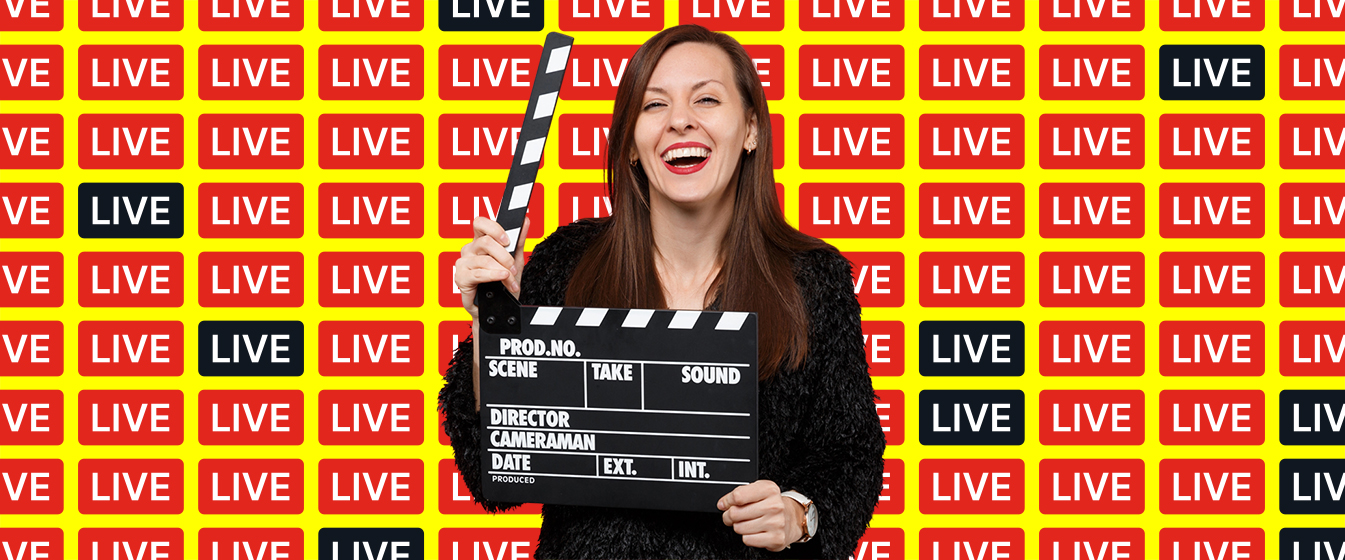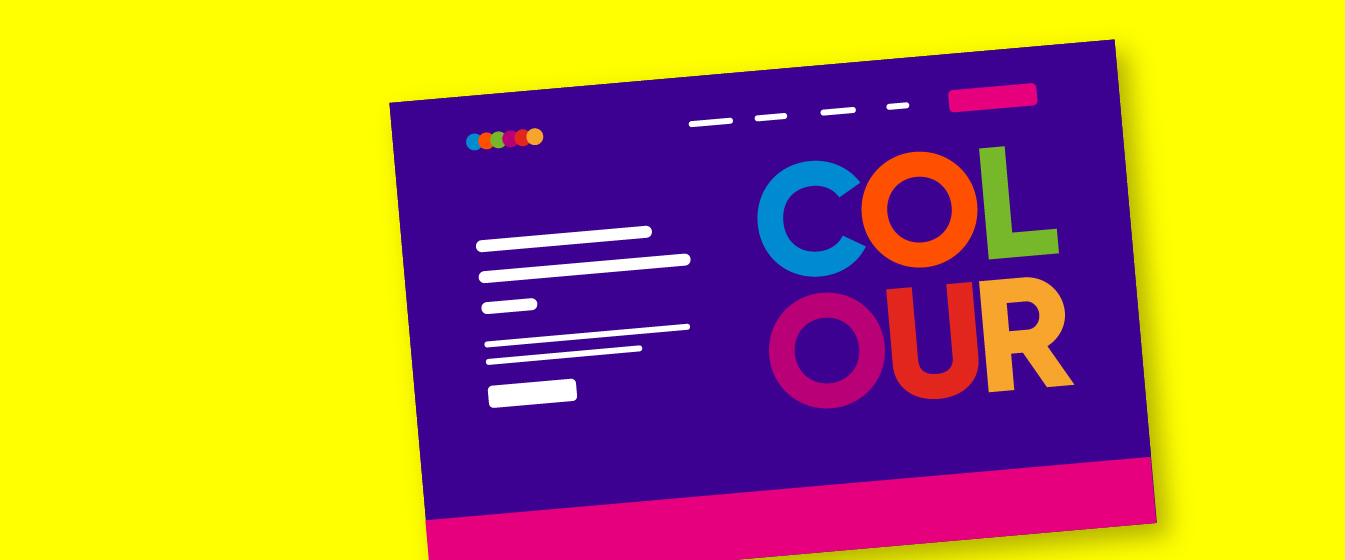Blog: Event management
Minimising no-shows at your next business event
5 September 2023 minute read

Here's the church, here’s the steeple
Open the doors, where are all the people?
Have you ever lain in bed the night before a marketing event and thought to yourself ‘what if nobody actually turns up to this thing tomorrow?’
Ever found yourself standing by the door at the back of the auditorium, 10 minutes after the event was supposed to begin; your boss looking at you with that ‘I think we have to start now’ expression on their face? You had 500 RSVPs and there are maybe 150 people in the room.
Yeah, they’re not stuck in traffic.
Welcome to the no-show club. Just you, me and every other event organiser who ever lived. Come on in, we’ve got jackets!
The first rule of the no-show club is that you are never going to entirely eliminate no-shows at your B2B events. It’s not going to happen, so make your peace with that before we go any further. It doesn’t matter how great your speakers / content / cupcakes are. You could have a free cocktail bar tended by Tom Cruise himself; there will still be no-shows.
But there are ways of minimising them.
Now, for this purposes of this post, I’m really just talking about events that you invite people to and that are free-to-attend.
Events with paid registrations (mostly) take care of themselves. If someone has paid you money to come to your conference, usually they turn up. Or they send a colleague in their place. Or they cancel or ask for a credit. And the higher your registration fee, the lower your no-show rate (all other things being equal).
The problem, as we all know, is with free events.
And it’s precisely becuase they’re free.
People tend not to value things they don’t have to pay for
Some of the event organisers we speak to tell us it’s not uncommon to see no-show rates of 50%. When you think about how much time and money you spend acquiring registrations and building great events – this is a problem worth focusing on.
You don’t need a degree in behavioural psychology or economics to work out that, in cases when the event is free-to-attend, no-shows (largely) occur when the registrant weighs-up the perceived value of attending your event against the value of say, spending time with their family or staying in the office to work.
When no financial commitment to attend has taken place, all the assurances and good intentions in the world turn to dust if the registrant doesn’t determine your event’s content or it’s perceived benefits to be more valuable than other things they could do with that time. The problem here is that registrant’s determination of that relative value is subject to change between the time they register, and the event itself.
And it’s this value determination we need to focus on if we want to minimise the no-shows.
Put simply, we need to make free events seem a bit less free. We need to make a loose commitment seem a bit more firm. Let’s get started.
Post-registration campaigns
With free-to-attend events, you need to think of the registration as more of a beginning than an end. In truth it’s where the real work begins. You need to put in place a sequence of emails that will be triggered between the time the customer registers and the event itself.
And we’re not just talking about joining instructions and transactional stuff (although these can be used to your advantage too). We’re talking about regular communication with your registrants where you share all the exciting things that will be happening at the event – brilliant speakers, valuable insights, the chance to meet real experts and movers and shakers, examples of the practical learning they’ll get on the day and what they’ll be able to do with that when they get back to the office.
Be as specific as possible. Name names. If you can, have each email contain one piece of social proof – just a short quote from an attendee to one of your past events, talking about what they got out of it. Short on content? Throw in some added-value things – like shared articles and news around the topic of your event. Ask your speakers for tips here.
The number and cadence of emails will vary depending on the timeframe of your event and the market you’re in. But a marketing automation system – like the one built in to AttendZen – makes this kind of campaign much more effective and far easier to execute.
Over-book
Take a leaf out of the airline industry’s playbook and don’t be afraid to over-book.
Assuming a 50% drop-out rate for free events, if you need 1,000 people through the door, then you'll need at least 2,000 registered. So make sure your marketing budget and registration campaign works on the higher number as a baseline. Don’t bother trying to swim against the tide.
Make yourself scarce
Scarcity is one of the most tried and tested psychological premises in marketing. Chances are you already deploy this tactic to get registrations in the first place.
‘We don’t have many places left I’m afraid, you’ll have to register now if you don’t want to miss out.’
Most of us use this line. But our problem is that people do register, but then they don’t show up.
Well, you could try using a waitlist to underscore scarcity in order to reduce no-shows.
Say your real-world capacity is 100 people. Have your registration platform trigger a waitlist at say, 50. Now everyone who registers will get a mail saying ‘Sorry, the event’s full. We’ve put you on the waitlist’. Darn! I feel like I missed out.
Then, a couple of days later, approve each of those registrants until you reach your actual capacity (or better still, more than your capacity).
Each registrant gets a second mail saying, ‘Great news! A place has become available. You’re in!’ Joy! I’m really lucky!
As if by magic, that registrant now perceives their place to be more scarce, and therefore more valuable. They are now more likely to show up.
Manipulative? Find me a marketing tactic that isn’t.

‘Where is everyone?’
Introduce a paid ticket option
A limited paid ticket option for free-to-attend events can help to frame the perceived value of the free ticket option. For example, you could give people the opportunity to pay say, £50 for reserved seating, a pre-event breakfast networking place, or a post-event ‘meet and greet’ with the speakers. Free ticket holders will then subconsciously place a value of up-to-£50 on their attendance.
Or what about the clever strategy deployed by the people at the Brighton SEO Conference?
They have two main ticket types for people to choose from:
- A free ballot option pitched at people starting out in the industry (you apply for a free ticket, but you might not get one);
- Paid tickets, which give people a chance to secure a guaranteed place easily and to enjoy perks like VIP wifi and merch (attractive to professionals whose time is precious).
Anyone who does get a free place knows it’s worth £100 and they were lucky to get it.
Don’t accidentally devalue your event
If you tell people that by registering alone they’ll receive access to video after the event, or speaker presentations, you’re more likely see empty seats. Wait until after the event to release any on-demand content.
Pre-event online check-in
There’s some anecdotal evidence to suggest that requiring your registrants to check-in online a day or so before the event (and download their ticket) creates a psychological confirmation of their intent to attend.
It also speeds up the on-site check-in process and gives you a more accurate picture of who may not be attending in advance, letting you follow-up on potential no-shows with more targeted calls and messaging.
Issue certificates / CPD points
Could you offer a certificate of attendance or get your event accredited to offer Continuing Professional Development points for attendees?
This is an obvious one for professional bodies, but it can be a great option for all kinds of educational events if you partner with the appropriate institution or association.
Make it personal for them
Personalise every bit of event communication so that no one ever feels like they’re just a number. Numbers don’t feel an obligation to honour their commitment to attend. People do.
At AttendZen we’re somewhat obsessed with personalisation in event marketing. The registrant needs to be addressed by name – but that’s basic stuff. You can use segmentation tools to send subtly differentiated mails to different sections of your list (depending on things like role, seniority, business type, size, issue – anything you KNOW about them.
Instead of getting just another automated email from another business marketer, you need them to feel like you’re their commercial soulmate. You get them like no-one else ever has. This event feels tailor-made for them. It’s not an opportunity to pass up.
Even your transactional emails (joining instructions etc) can be helpful here. Are you giving them lunch or dinner? Email (or better yet, call) ahead and check what they want to eat. Do they want the chicken or the fish? Are they vegan?
The key here is to humanise the mail / call. Tell them you’re checking on behalf of the chef. Now the chef’s involved too! If they don’t turn up they’re letting everyone down! Do they need a parking spot reserved? Any help with travel directions? Think of soft reasons to reach out and cement that subliminal bond of commitment.
But don’t take it personally
Remember what Sonny tells Michael in The Godfather: ‘it’s just business.’
We put our hearts and souls into creating great corporate events. When people don’t turn up, it can sometimes feel like a personal insult. But it really isn’t.
And there’s a silver lining with no-shows.
At the very least, you’ve still collected a bunch of valuable, qualified leads.
Any registrants that don’t show up on the day can be followed-up to discover why they couldn’t come, what they might need, and how you could fine-tune your marketing efforts in the future.
Plus, people who know their non-attendance is being monitored are more likely to show up next time.
Anyway, strictly speaking, events have no lifecycle. From being exposed to your event to deciding to actually attend could take someone years and many versions of your event.
So keep the faith. You’ll get them in the end.



